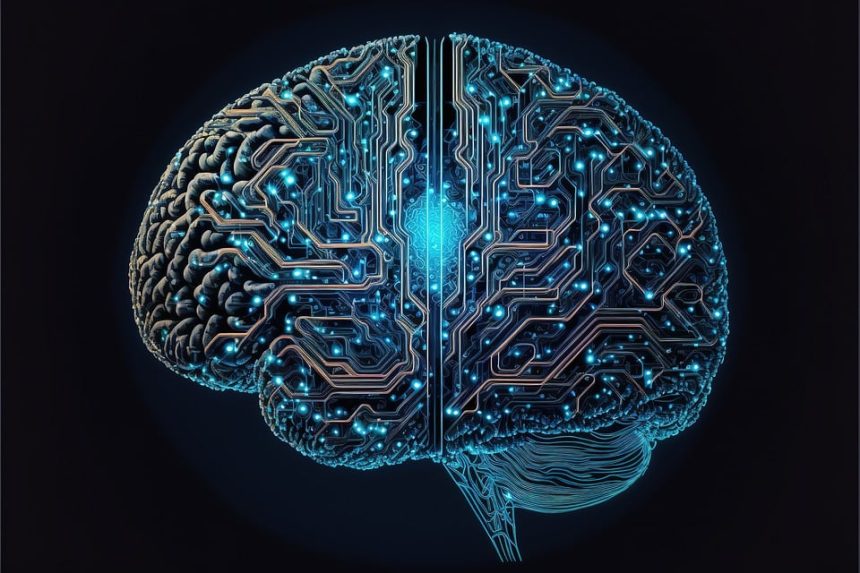The healthcare sector is undergoing a transformational shift, driven by rapid advancements in technology. Among these innovations, blockchain and decentralized applications (dApps) are emerging as potent forces capable of redefining the management and security of patient data. This article delves into how these technologies are changing the healthcare landscape, enhancing patient privacy, improving data interoperability, and streamlining processes.
Understanding Blockchain and Decentralized Applications
Blockchain Technology
At its core, blockchain is a distributed ledger technology that ensures data is recorded in a secure, transparent, and immutable manner. Each block in the chain contains a set of transactions, which are secured through cryptographic hashes, creating a tamper-proof record. This characteristic is particularly valuable in healthcare, where data integrity is paramount.
Decentralized Applications (dApps)
Decentralized applications operate on a blockchain network, allowing them to function without a central authority. They are designed to be open-source, meaning that anyone can contribute to their development, and their underlying protocols can ensure transparency and security. dApps can interact with smart contracts—self-executing contracts with the terms of the agreement directly written into code—which automate processes and improve efficiency.
Enhancing Patient Privacy
One of the biggest challenges in healthcare is safeguarding patient data. Traditional systems often rely on centralized databases, making them vulnerable to cyberattacks, data breaches, and unauthorized access. Blockchain addresses these concerns by enabling patients to have control over their data.
With blockchain, patients can own their health records and grant access to healthcare providers as needed. This not only enhances privacy but also fosters trust between patients and providers. By using cryptographic keys, patients can share their data securely without exposing sensitive information to third parties. This kind of patient-centric data management empowers individuals and encourages them to take an active role in their healthcare decisions.
Improving Data Interoperability
In a fragmented healthcare system, data interoperability is crucial for providing seamless patient care. Different healthcare providers often use disparate systems, making it challenging to share and access vital health information. Blockchain offers a solution by creating a unified platform where all stakeholders—patients, providers, insurers, and researchers—can access and share data securely.
Through blockchain, electronic health records (EHR) can be standardized and linked, ensuring that all parties have access to up-to-date and complete patient information. This interoperability not only enhances the quality of care but also minimizes the risk of errors, duplication of tests, and improper treatments as a result of incomplete data.
Streamlining Administrative Processes
Administrative inefficiencies in healthcare, such as lengthy billing cycles and complex claims processes, contribute to rising costs and hinder effective patient care. Blockchain can streamline these processes through smart contracts that automate transactions. For instance, a smart contract could automatically validate insurance claims based on pre-set criteria, reducing the need for manual processing and expediting reimbursements.
Moreover, blockchain can improve supply chain management in healthcare, ensuring that pharmaceutical products and medical supplies are authenticated and tracked from manufacture to delivery. This helps combat counterfeit drugs and ensures that patients receive quality medications.
Challenges and Considerations
Despite its promising potential, the integration of blockchain and dApps in healthcare faces several challenges. Scalability remains a significant barrier; as the volume of data grows, maintaining speed and efficiency can become problematic. Additionally, there are regulatory uncertainties surrounding data ownership and privacy laws, which may hinder widespread adoption.
Furthermore, education and training are critical to ensure that healthcare professionals are equipped to navigate these new technologies. Misunderstanding or inadequate knowledge of blockchain could lead to resistance among healthcare providers and patients alike.
Conclusion
The impact of blockchain and decentralized applications on patient data management is profound. By enhancing data security and privacy, ensuring interoperability, and streamlining administrative processes, these technologies hold the potential to revolutionize healthcare.
As we move forward, collaboration among tech developers, healthcare providers, and regulatory bodies will be essential to overcome challenges and foster an environment conducive to innovation. With careful implementation and continued investment, blockchain and dApps could usher in a new era of healthcare—one that places the patient at the center of their own care while promoting efficiency and trust in the healthcare system. The future of healthcare is not just brighter; it is smarter, more secure, and patient-focused.




![Innovative Partnerships in Crypto: Analyzing the [Altcoin Name] and [Partner Name] Deal Innovative Partnerships in Crypto: Analyzing the [Altcoin Name] and [Partner Name] Deal](https://realcryptotrends.com/wp-content/uploads/2024/09/bitcoin-7771569_960_720-150x150.jpg)
